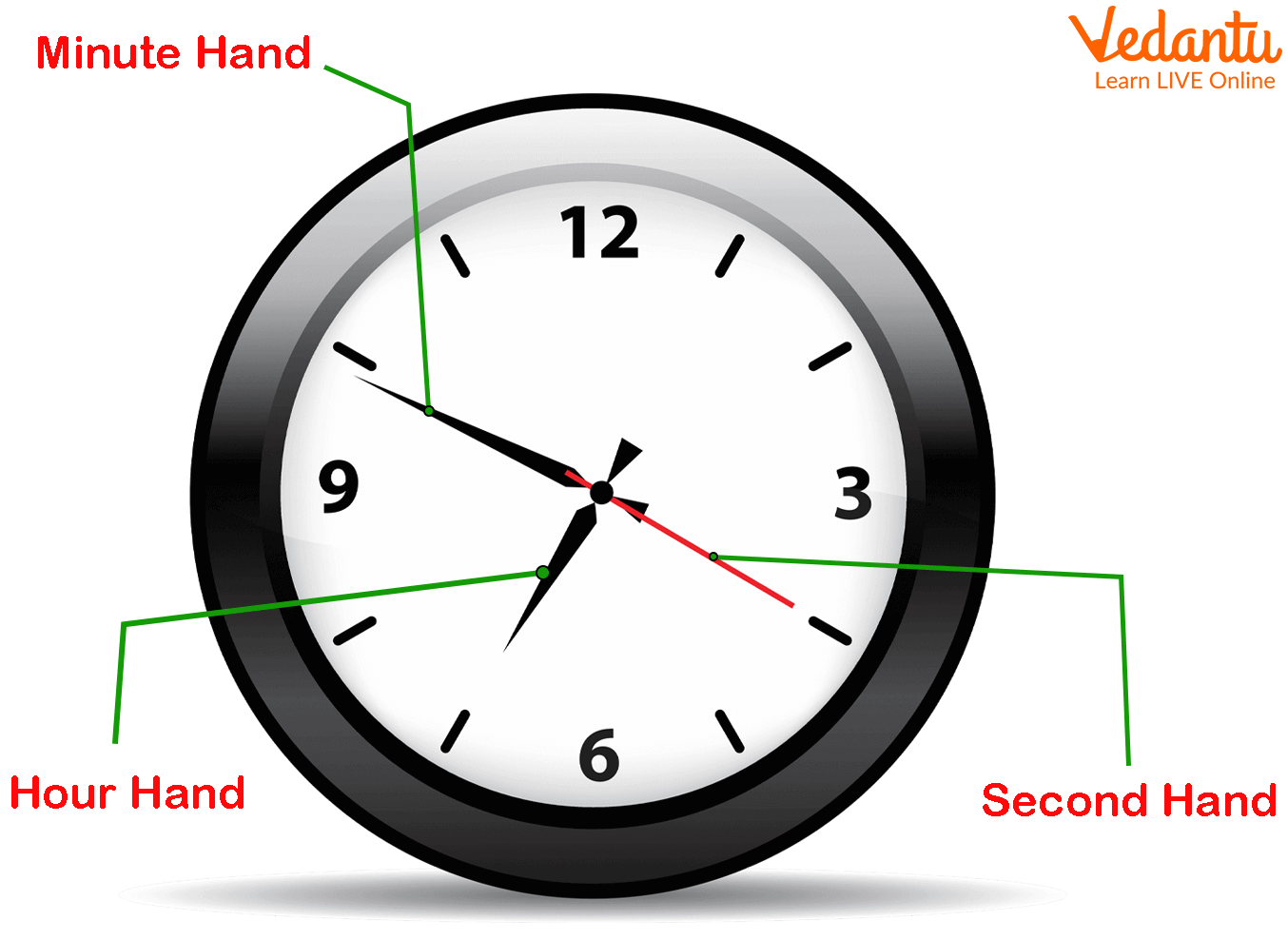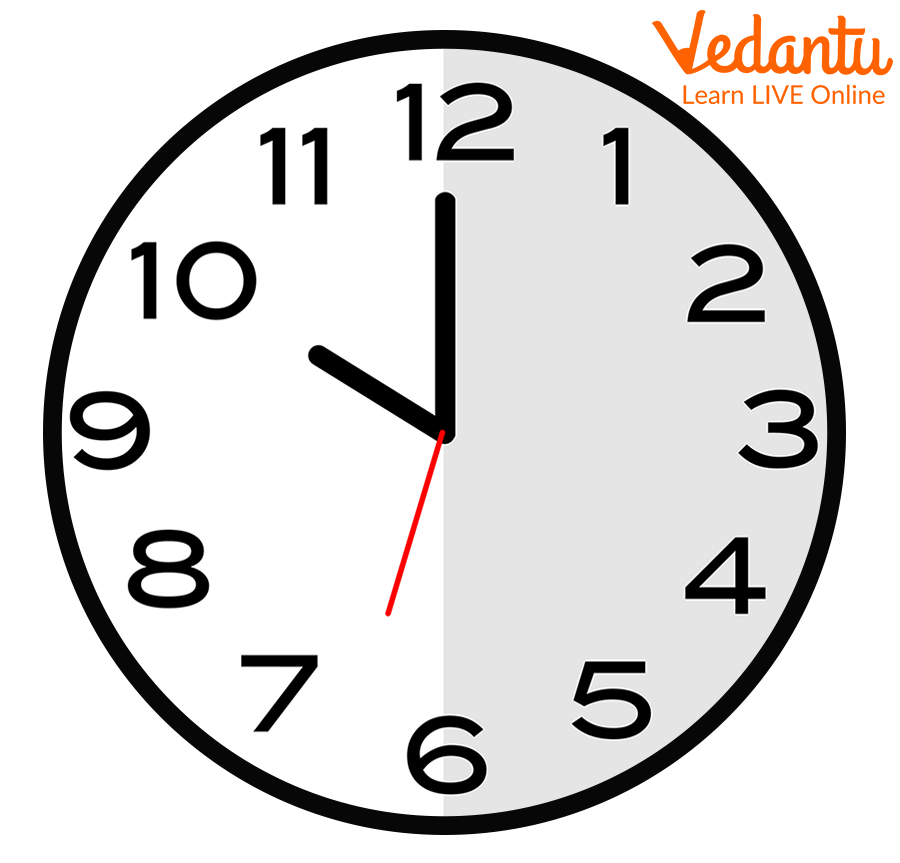




What is the Importance of Time?
Keeping an organised schedule requires knowing what time it is. Knowing how to tell the time allows a person to ensure that he or she catches a bus on time or determines whether or not he or she will be able to attend an event on time. So, knowledge of time is one of the important lessons for kids as they grow up; it helps them to be more independent and schedule their activities properly.
Telling time might be a difficult thing for young kids as it requires prior knowledge, such as number identification, and an idea of hours, minutes, and seconds, to be able to tell time correctly. This article will help you to better understand time.
Ways to Express Time
A day is made up of twenty-four hours, and each hour is made up of sixty minutes. This is a basic rule that applies all over the world. Time can be expressed in a number of ways. The most usual and popular way is to express time in hours, which means that a person specifies what time it is by telling which hour of the day it is, but depending on what time it is, there are a few methods to do this. For a more generic method, a person may describe time by referring to the time of day when an event is taking place.
Suppose the clock reads 06:09 AM, then the first number refers to the hours (SIX), and the second will refer to the minutes (NINE). Thus, this time says it is nine minutes past 6 AM.
Hours of the Day
The 12-hour clock method is another common method of telling time, and it consists of dividing the 24-hour day into two sections of 12 hours each, which are referred to as A.M. (Ante meridiem) morning hours, and P.M. (post meridiem) evening hours.
O’clock: This phrase is used to refer to time as an hour. Here, we are not including the minutes. For example, we can read 3:00 A.M. as “three o’clock”.
Minutes
When providing time precisely, we can express time in hours and minutes. For example, 10:06 A.M. would be "ten oh six", and 06:36 A.M. would be "six thirty-six A.M."
Some examples of telling the time are:
11:20 – eleven twenty
12:16 – twelve sixteen
08:02 – eight oh two
Half-past: This expression is used to indicate that half an hour or thirty minutes have gone. Therefore 03:30 P.M. can be read as "half-past three".
Times of the Day
Even though the most accurate expression for time is to mention the hour as it is, there is another frequent approach of telling the time, which is to refer to the part of the day that is morning, evening, etc. This is a broad view of time that is not specific. It's mostly used when the exact hour and minute aren't to be mentioned.
Sunrise: The time of day when the sun rises and marks the beginning of the day.
Morning: The time of day that follows sunrise but before noon. It is usually from 6 A.M. until 12 P.M.
Noon: It is often known as midday, which refers to the middle of the day. Typically, noon refers to 12 P.M., whereas midday refers to the time between 11 A.M. and 1 P.M.
Afternoon: The period of time that follows midday. It normally begins at about 1 P.M. or 2 P.M. and lasts until around 6 P.M.
Sunset: As the name indicates, this is the time of day when the sun sets and everything begins to darken, typically, at 6 P.M.
Evening: The evening begins shortly after sunset and lasts until 9 P.M. or 10 P.M.
Night: Even though the term "night" refers to the span of time between sunset and sunrise, it is most commonly used to refer to the hours between 10 P.M. and sunrise.
Midnight: This term refers to 12:00 A.M. at night. It is also commonly used to refer to times close to this hour.
Clocks
The clock shown in the below image is called an analog clock. When learning to tell time on an analog clock, you must also be familiar with the three hands of the clock. The hour hand is often known as the shorthand. The hour is indicated by the number the shorthand is pointing to. The minute hand is the long hand that indicates how many minutes have passed in an hour. The second hand is the thinnest hand on the clock and moves every second. It displays the number of seconds that have passed. This is the clock's fastest-moving hand. Twice a day, the hands on the clock complete a full circle.

Analog clock with three hands.
Activity
Shiwani has to be at work at 10 o'clock. To be able to arrive at work on time, she uses an analog clock to tell the time. Draw a picture of the clock, showing 10 o'clock.

Analog clock showing time 10 o'clock
Conclusion
Before you introduce kids to clocks and hands, make sure they understand what time is in the first place. Begin with small steps like bedtime, dinnertime, bathtime, and so on. Then help them understand what morning, afternoon, evening, and night mean. It will be simple for children to break down 'time' if they have a grasp on the various parts of the day.
FAQs on How to Tell Time?
1. What is a good activity for children to teach them about time?
On craft paper, draw a simple clock and attach small pieces of wood or straw to indicate the movable hour and minute hands. You can write or attach a small sticker next to each number and write on it what activity was done at that time of the day.
2. When will be the best time to teach kids about time and how to tell time in a day?
The concept of 'time,' is so familiar to adults, however, it is something new and exciting for kids. After you've finished teaching your kids the alphabet and numbers, you can start to teach them how to tell time.











